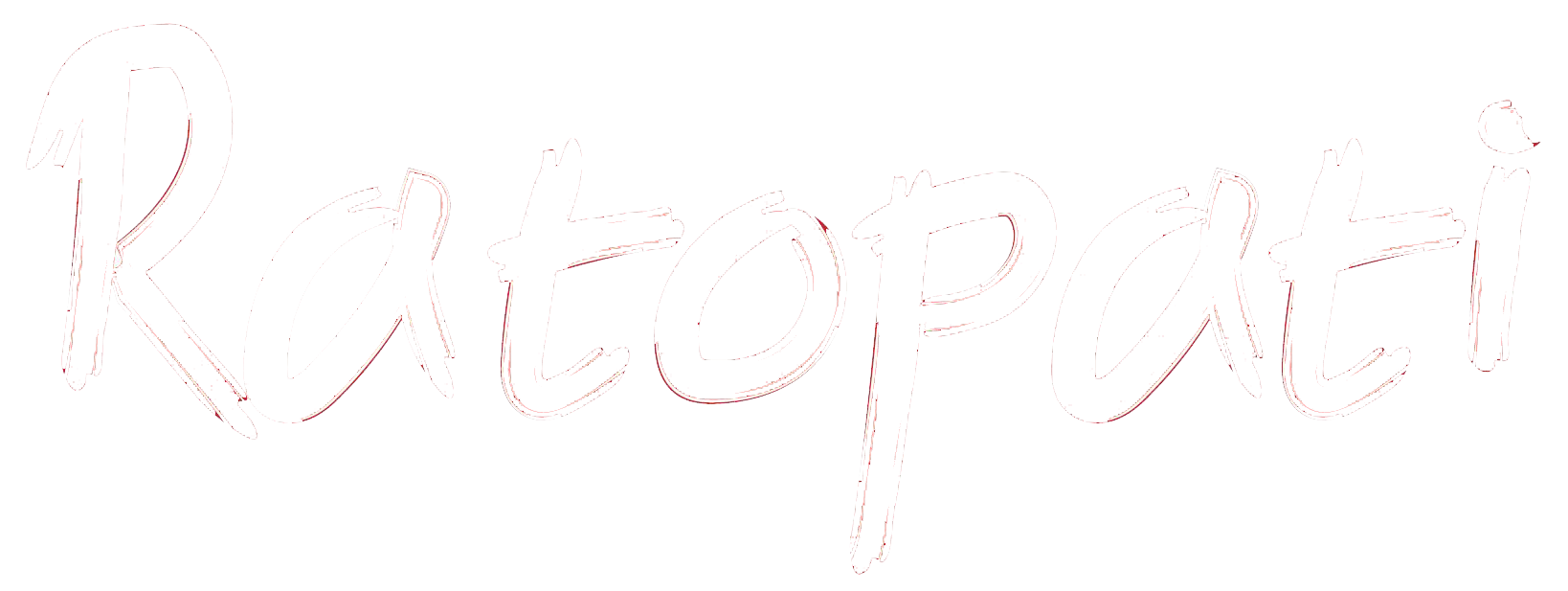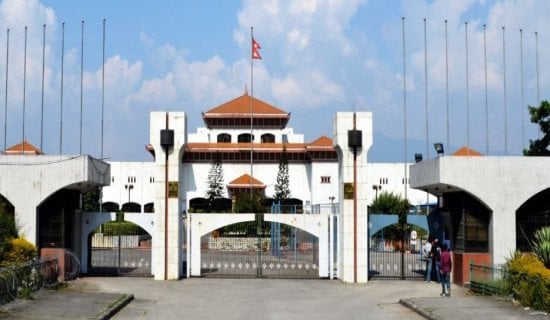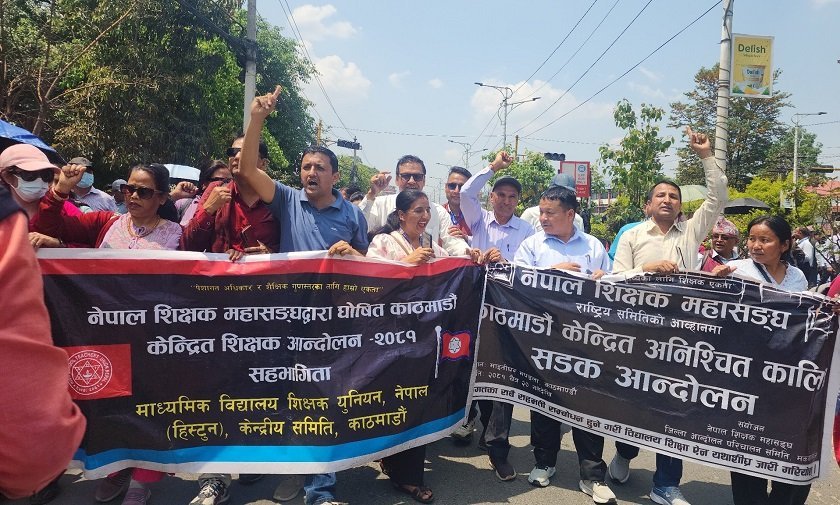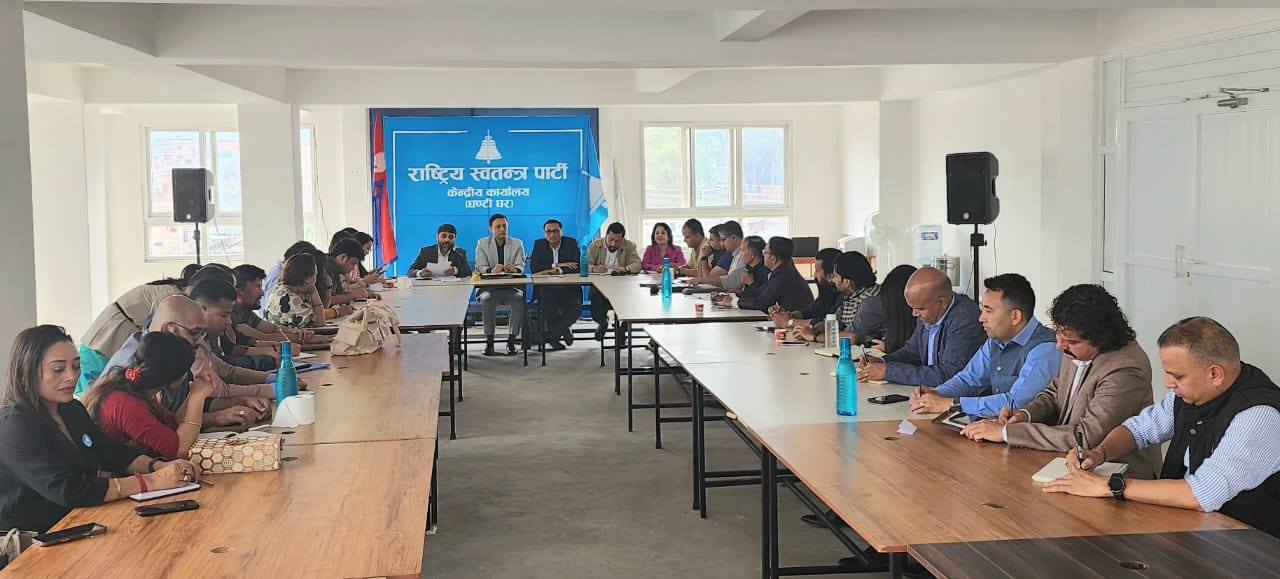We use Google Cloud Translation Services. Google requires we provide the following disclaimer relating to use of this service:
This service may contain translations powered by Google. Google disclaims all warranties related to the translations, expressed or implied, including any warranties of accuracy, reliability, and any implied warranties of merchantability, fitness for a particular purpose, and noninfringement.
Kathmandu. The chariot is bathed in a pond today on the fourth day of the Biska Nakha (festival) that began in Chait Masant in Tokha, which has religious, historical and archaeological importance. Like every year, this year too, the festival lasts for five days from Chait Masant to Baisakh 4 in Tokha, which is dominated by the Newar community.
_Pfq3wWIuwT.jpg)
The formal Biska Jatra begins on the 1st of Baisakh along with the Sapanatirtha Mela. On the morning of the 2nd of Baisakh, the chariot, which is paraded around the city after performing the Sindoor Jatra, is taken to Upper Lachhi on the same day at Ganeshsthan Thalagtol, Ward No. 2 of Tokha Municipality.
_ALDlVvTs84.jpg)
On Baisakh 3rd, at 6 am, the chariot is taken to Hasaltole in Ward No. 3 after the Sindoor Jatra. The chariot, which starts at 6 am, is taken to the house of the Guthi and Guthiyar to harvest the crops. It is customary to keep the chariot in Hasaltole from 1 pm to 3 pm and worship the chariot.
On the same day, at 3 pm, the chariot is taken from Hasaltole, bathed in the pond of Saraswati Chaur, circumambulated around Indrayani Masankali, and taken to Sano Lakshi in Ward No. 3. On the same day, it is customary for the Guthiyar and various Khalas to sit and sing bhajans and stay awake all night.
_LTNHfWI0ot.jpg)
_cNLt2bk7wK.jpg)
_7wHBMvvtY0.jpg)
_r4iUzav82Y.jpg)
_064cpCLlxH.jpg)
_HR3bD3QDNi.jpg)
_HcInH6r1Y3.jpg)
_vzZVd6Mmjh.jpg)
_YT2rqaTrkU.jpg)
_4xyk5TWydQ.jpg)
Photo : Nepal Photo Library







Leave Comment